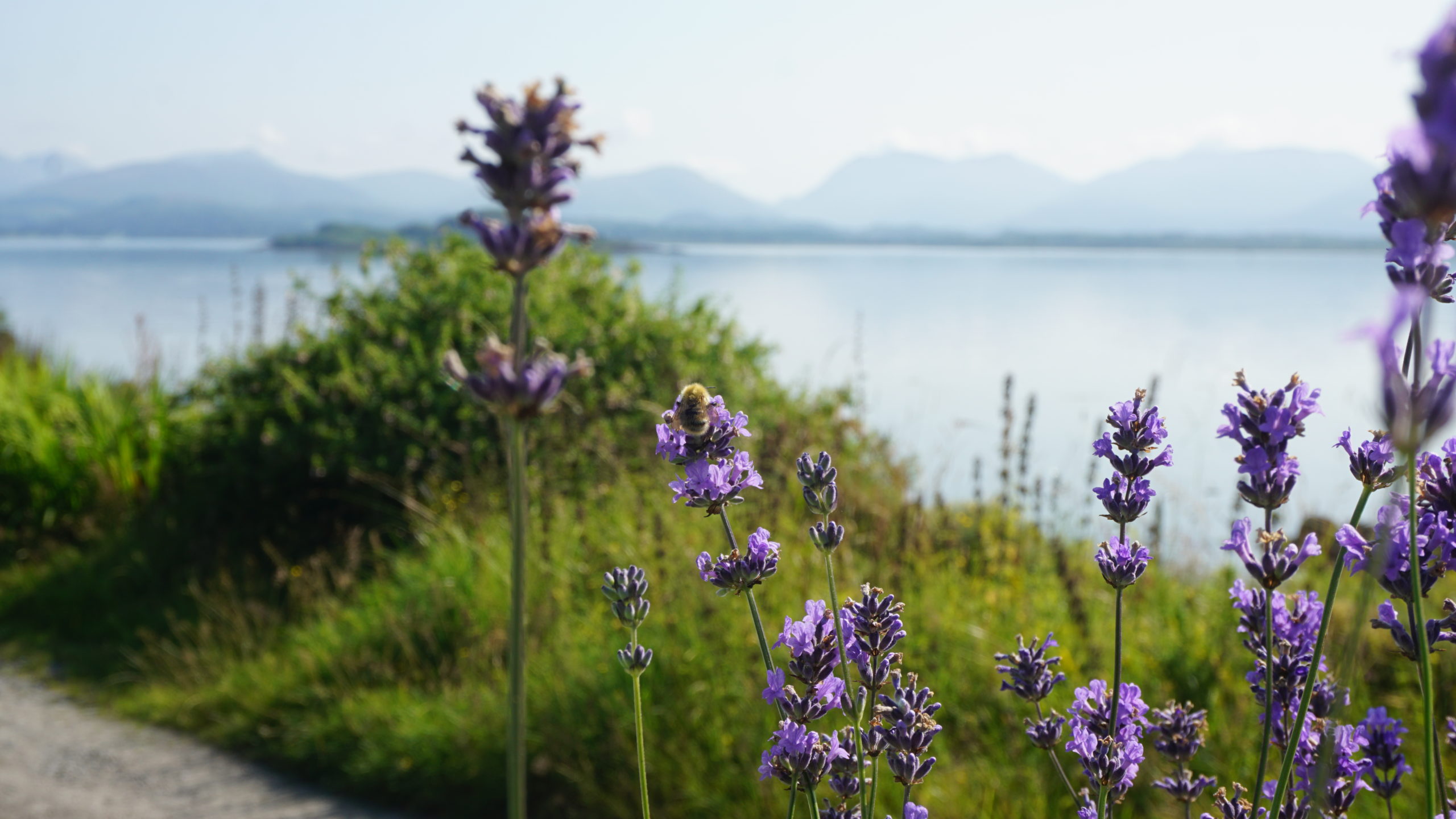Lismore, (Lios Mòr), roughly translates from the Gaelic as the ‘Great Garden’ and is a very apt name for the largest island in Loch Linnhe. On clear days it stands as a bright green verdant strip against the rock and heather of the surrounding land. This rare piece of limestone rock sits amidst the surrounding complex volcanic landscape and this lends to the island’s history and prosperity.
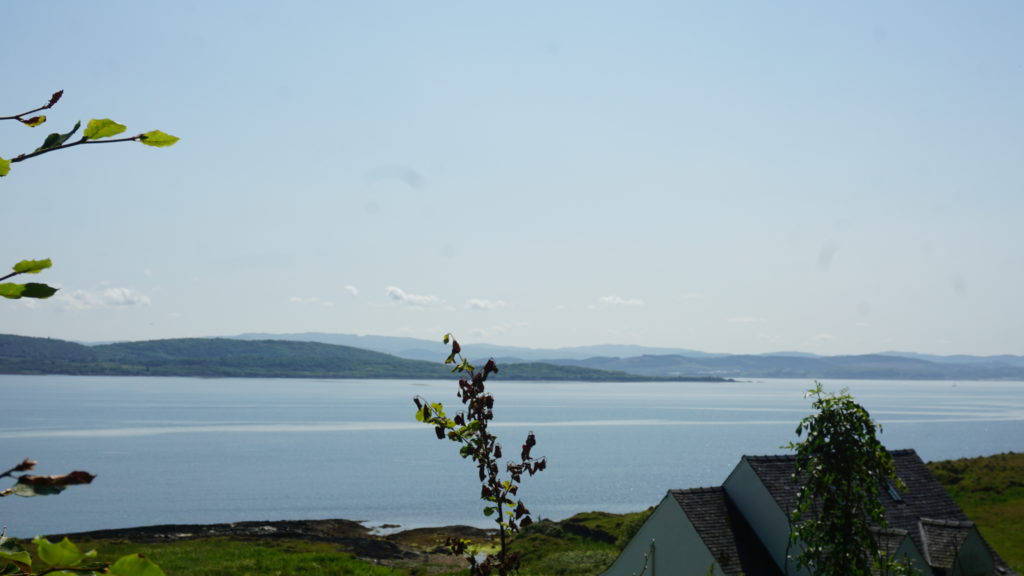
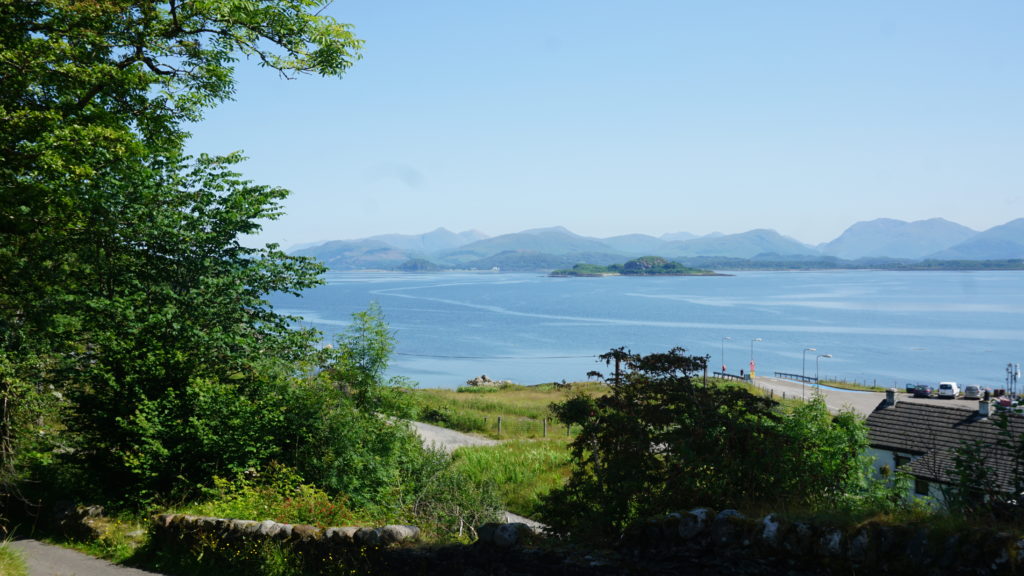
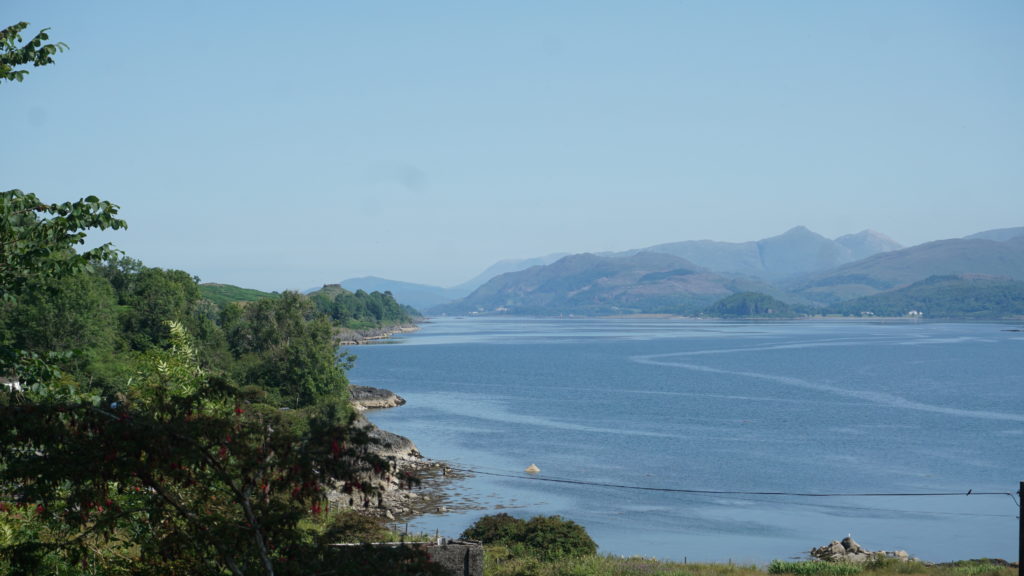

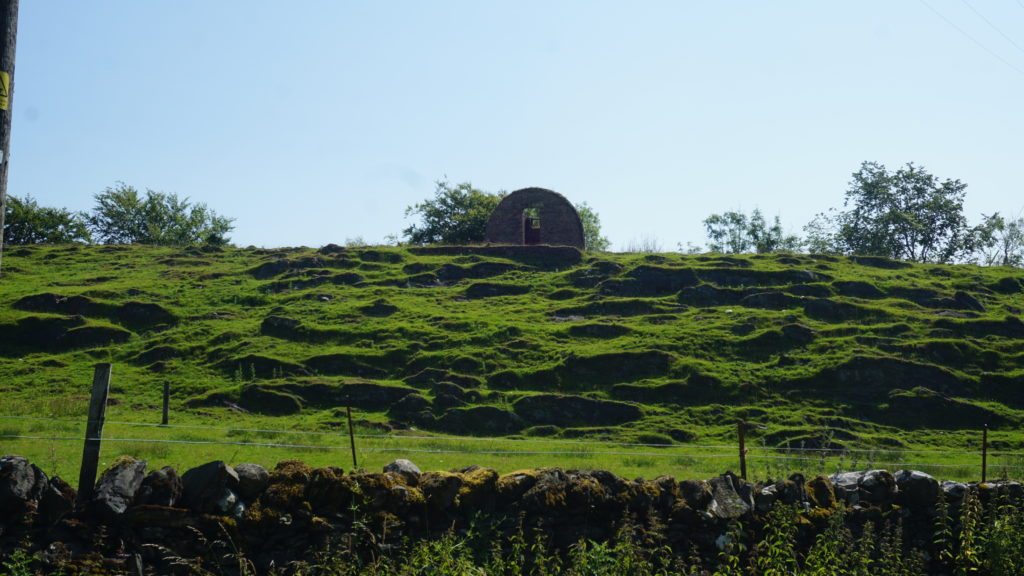
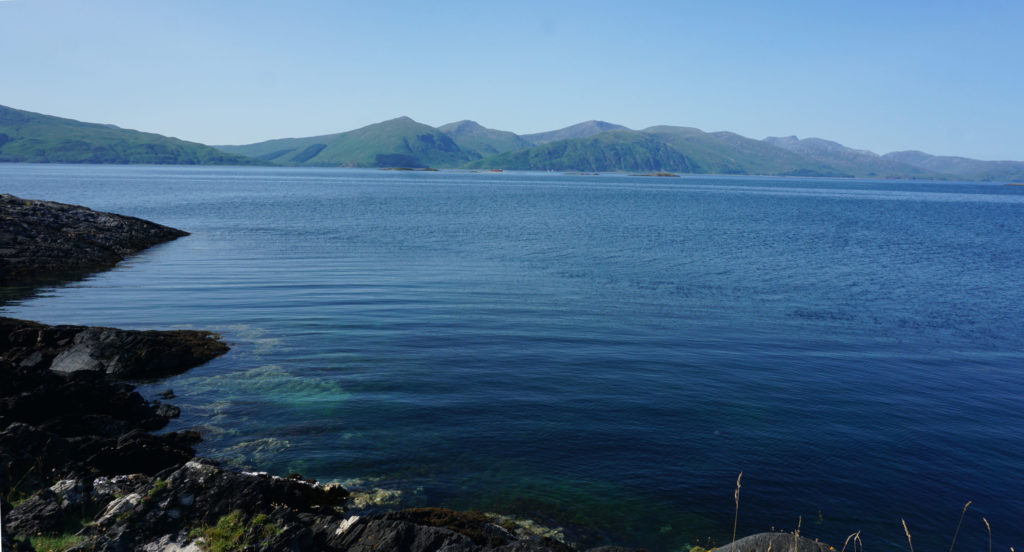
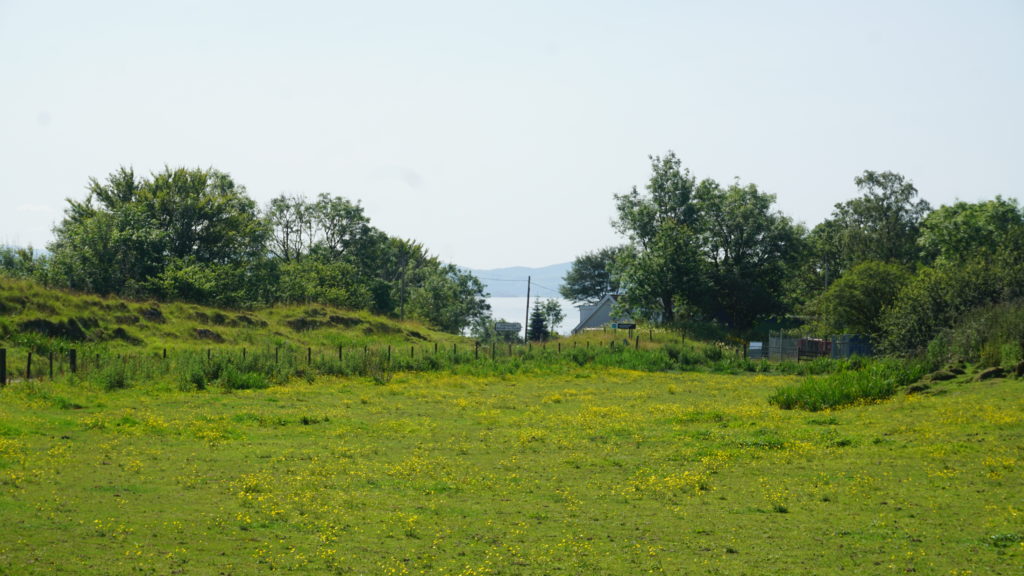


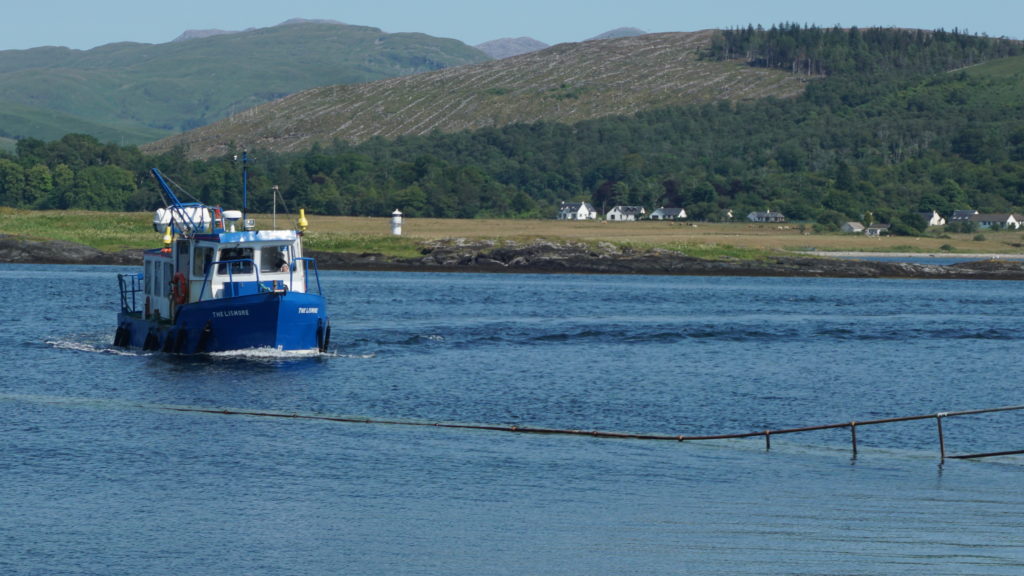

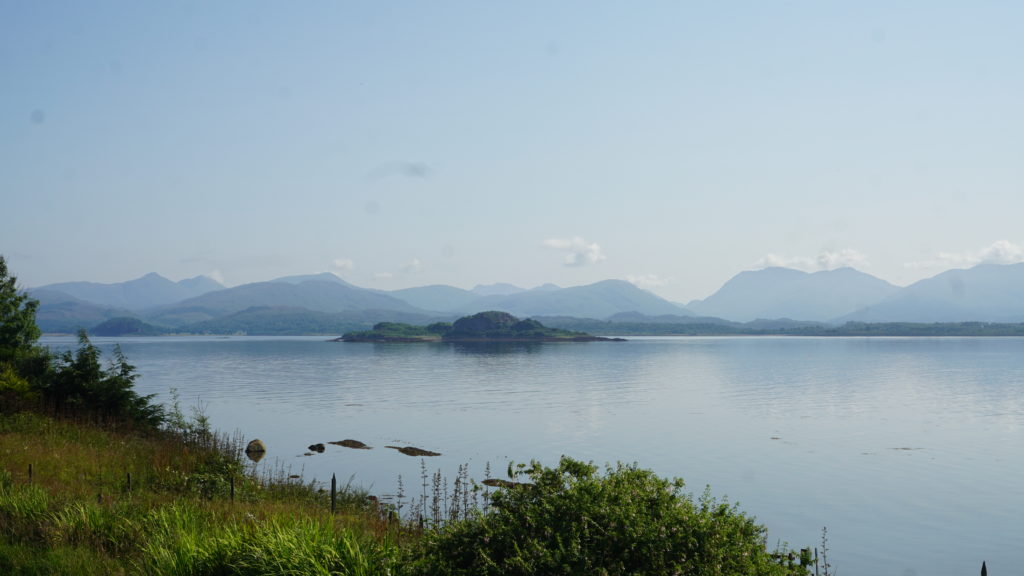

The soil of Lismore provides an extremely rich mix of wild flowers as well as the source for grass pastures and various crops, including, in the past, flax which was used for the production of linen, even the stone itself can be processed and used as a fertiliser. This desirable landscape has a strong community and such good land has proven to be powerful attributes to ensure Lismore has thrived through farming, livestock and vibrant industries.
““The motivation behind the construction of this innovative, eco-friendly building, Ionad Naomh Moluag (the gathering place of St Moluag), which was opened on 17 March 2007, was to preserve the Gaelic language and culture at the heart of Lismore.
On 15 February 2006 the first turf was turned by Duncan MacGregor who donated the land in memory of his parents. The building was designed by Shauna Cameron and built by Stuart Carmichael with Tony Perkins as Project Manager. It has a grass roof and geo thermal heating and houses an Exhibition Area, a Library, an Archive room, a Gift Shop, a Café, an office, and toilets. For a population of 176 to handle a £600,000+ project is a tribute to the skill, determination and cohesiveness of the whole community.
Sitting beside it at Ionad Naomh Moluag is the award winning Taigh Iseabal Dhaidh a faithfully reconstructed cottar’s cottage which opened four years’ earlier on 19 August 2002 and in its first year won the Best Place to Visit in Scotland Award and was also the Overall Winner of the UKFX Tourism Awards.” – lismoregaelicheritagecentre.org

